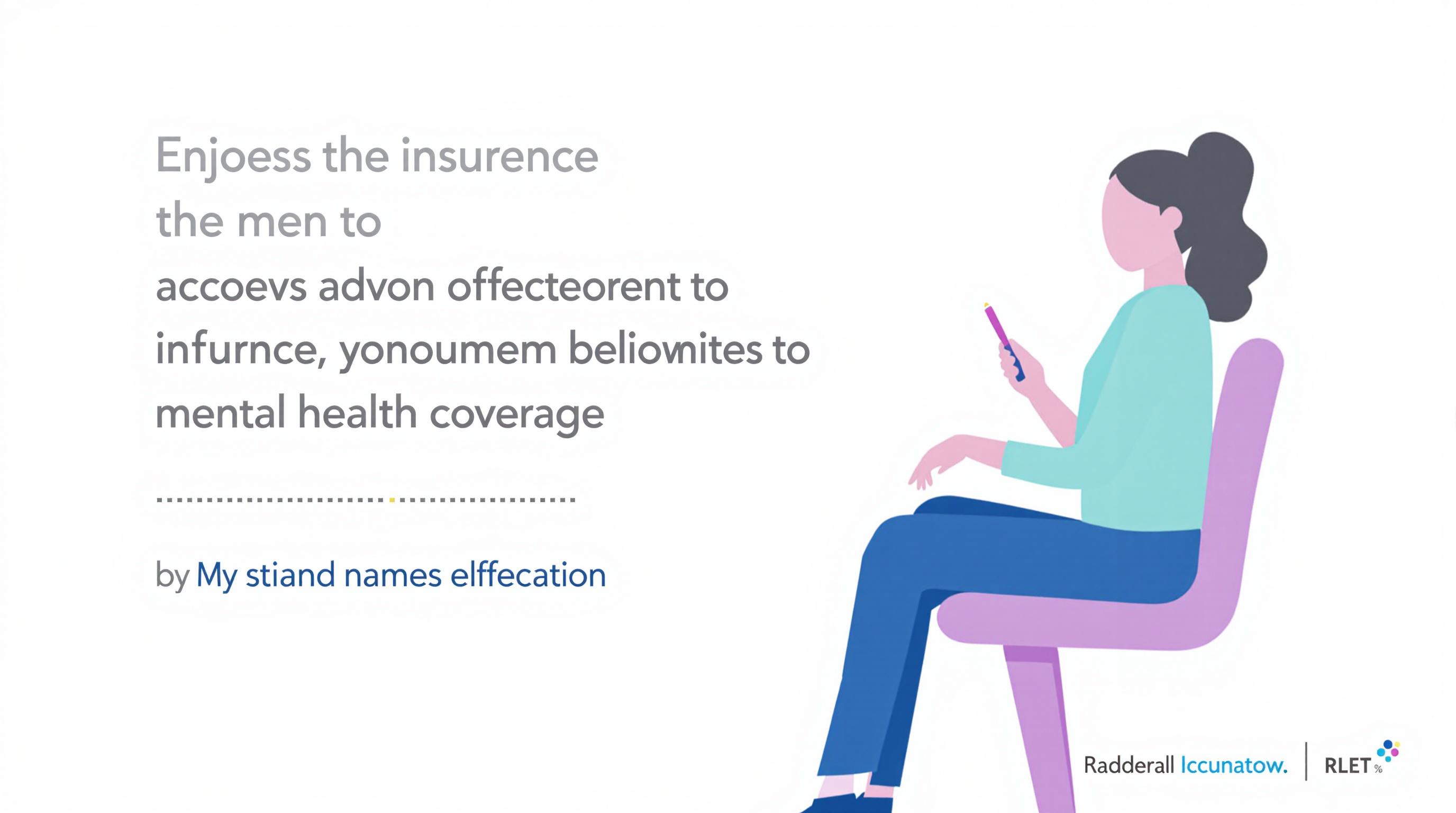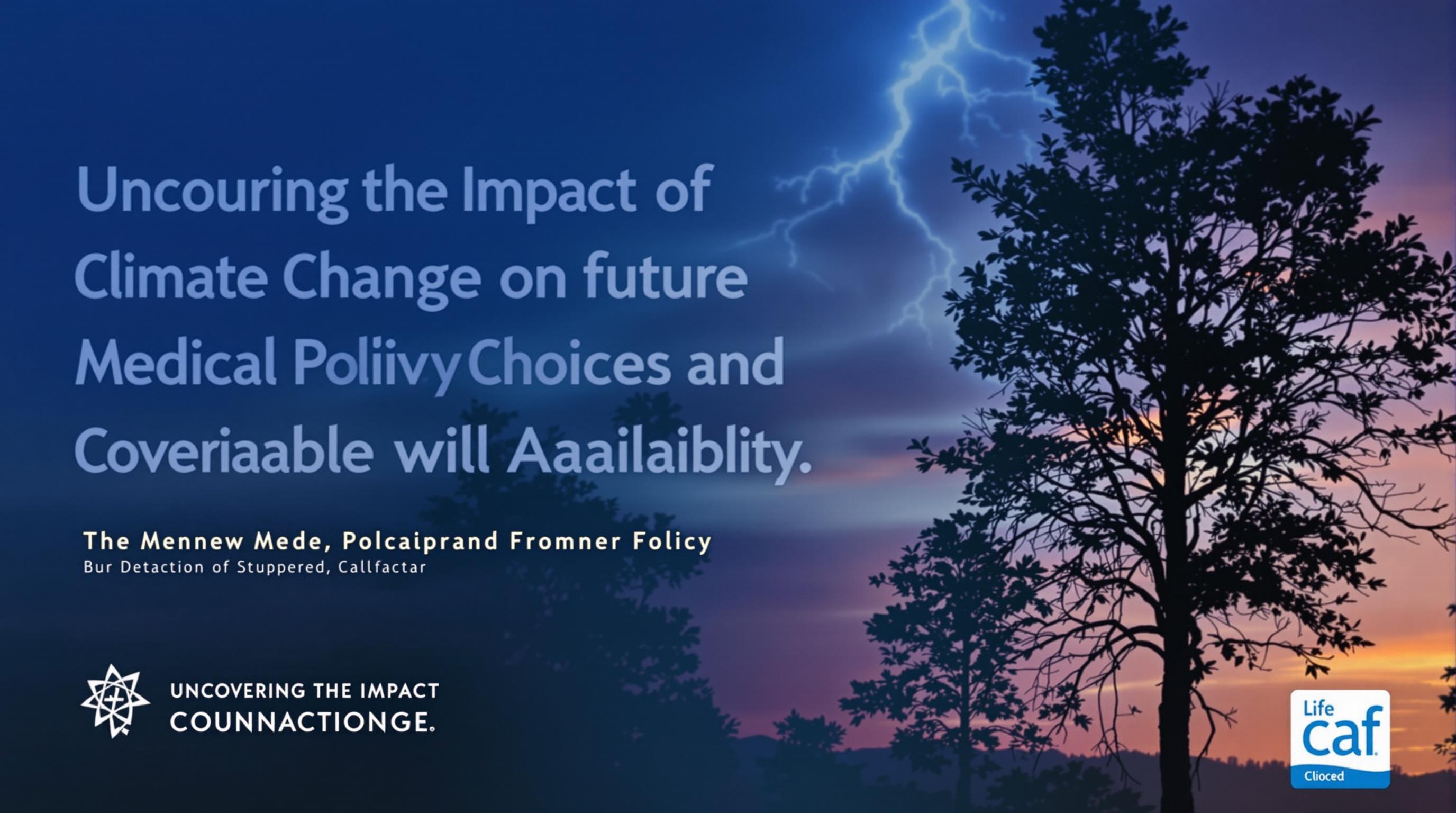Related Articles
- The Unexpected Impact of Environmental Factors on the Accuracy of Medication Dispensing Technologies
- Exploring the Influence of Mental Health Stigma on Accessibility and Affordability of Coverage in Modern Insurance Plans
- How Cloud Storage Quirks Are Quietly Complicating Patient Data Protection in Modern Healthcare Settings
- Top 6 Emerging Medical Billing Platforms Revolutionizing Practice Revenue Cycles Since 2019
- When Digital Distance Deepens Divide: Surprising Social Costs of Remote Health Services in Underserved Communities
- The Unexpected Role of EHR Usability in Physician Burnout and Strategies to Reclaim Workflow Balance
Exploring the Influence of Mental Health Stigma on Accessibility and Affordability of Coverage in Modern Insurance Plans
Exploring the Influence of Mental Health Stigma on Accessibility and Affordability of Coverage in Modern Insurance Plans
Mental health stigma subtly shapes the accessibility and affordability of insurance coverage, creating barriers that are not always visible but profoundly impactful. This exploration reveals how societal attitudes intertwine with policy frameworks, influencing who gets care and at what cost.
Let’s dive into a story: Emma, a 34-year-old graphic designer, struggled silently for years with anxiety and depression. When she sought insurance coverage for therapy, she was blindsided by the exorbitant premiums and limited sessions allowed. Like countless others, Emma’s experience is a microcosm of a larger systemic issue rooted in mental health stigma.
The Invisible Chains of Stigma
Mental health stigma acts like an invisible chain, restricting the freedom to seek help and the ability to afford adequate care. According to the National Alliance on Mental Illness, one in five adults in the U.S. experiences mental illness each year, yet fewer than half receive treatment, partly due to stigma embedded in insurance systems (NAMI, 2023).
Why does stigma affect insurance plans so deeply?
The traditional insurance industry has historically categorized mental health as a ‘less acute’ concern, often leading to higher costs or outright denial of coverage. For instance, insurers may impose higher copays or limit the number of therapy visits, translating to diminished accessibility.
Let’s get a bit technical but stay human: Insurance pricing relies on risk assessment. Because mental illnesses are often chronic and less predictable, carriers sometimes price mental health benefits higher to counterbalance unknowns, inadvertently reinforcing stigma by treating mental health differently from physical health.
Statistical Reality Check
Consider this: a 2019 study from the American Journal of Psychiatry found that people seeking treatment for mental health issues were 30% more likely to face higher insurance premiums compared to those with physical illnesses. This data underscores a critical inequality in health coverage (AJ Psychiatry, 2019).
Shockingly, in many cases, mental health parity laws designed to ensure equal coverage fall short in tangible practice. According to a 2021 report by the Kaiser Family Foundation, nearly 40% of insurance plans surveyed still fail to fully comply with parity mandates.
Insurance Plans and Mental Health Coverage: What's the Real Cost?
When insurers influence cost structures that affect accessibility, individuals often face a choice between financial hardship and untreated illness. The irony is glaring—mental health stigma is supposed to be fading in public discourse, yet it lingers robustly in insurance economics.
A casual note: Imagine going to buy groceries and the cashier tells you, “Sorry, you can only pay half for produce, but double for fruits.” This illogical pricing mirrors how mental health services are often treated.
Real-World Examples and Case Studies
Take the example of Sarah from Ohio, who paid triple the premium for her PPO plan expressly because she disclosed her prior mental health diagnosis during enrollment. Her insurer cited “higher predicted risk” as justification.
In contrast, European countries with more universal healthcare models, like the Netherlands, tend to integrate mental health coverage more holistically, reducing cost disparity. This comparative example illustrates how policy design influenced by stigma can differ dramatically across borders.
The True Human Cost
Behind statistics are people like Emma and Sarah, whose lives are shaped by the ripple effects of stigma. Unaffordable plans lead many to delayed or foregone treatment, exacerbating symptoms and compounding social costs.
A 2022 survey by Mental Health America highlighted that 45% of individuals with mental health challenges cited insurance cost as a primary barrier to care. This not only impacts the individual but also the broader community by driving up emergency care use and reducing workforce productivity.
Can Humor Help Us Cope?
Okay, here’s something a bit lighter: If insurance plans were honest, their motto might be “Pricing your worries one therapy session at a time.” Tragic, but wouldn’t you laugh (or cry) at the absurdity? Humor aside, the joke underscores how deeply embedded stigma influences price tags attached to care.
Why Changing Attitudes Matters
Stigma is not just a social problem; it’s an economic one. When insurers begin to see mental health as equally “insurable” as diabetes or hypertension, coverage disparities shrink. This cultural shift within insurance underwriting practices can revolutionize access and affordability.
Programs that incorporate peer support, community education, and robust mental health parity enforcement have shown promise. Collaborative efforts between insurers, advocates, and policymakers can reshape the landscape.
Legal Efforts and Policy Interventions
The Mental Health Parity and Addiction Equity Act (MHPAEA) of 2008 was landmark legislation aimed at eliminating coverage discrepancies. However, enforcement remains inconsistent. Advocacy groups urge ongoing oversight and transparency to ensure insurers fully comply.
States like California have enacted additional rules requiring insurers to simplify mental health claim procedures and expand coverage. Early reports indicate increased utilization of services and better health outcomes in these regions.
Looking Ahead
The future is hopeful but still uncertain. Young adults aged 18 to 35, who are increasingly vocal about mental health, push insurers toward more inclusive policies. However, entrenched stigma requires persistent effort to root out.
Emerging technologies like AI-driven underwriting hold promise for objective assessments that might lessen biased pricing. Meanwhile, societal education campaigns continue to challenge the outdated notions that mental illness is less worthy of attention.
A Call to Action
Whether you’re an insurance executive, policymaker, or someone seeking coverage, understanding the invisible influence of stigma is crucial. It’s time to dismantle the barriers preventing equitable mental health care access.
Insurance plans and societies alike must embrace the reality that mental health is a universal human concern deserving of unbiased support and fair pricing. Only then can we hope to untangle the stigma knot holding back progress.
In the words of Oscar Wilde (whom I dearly admire), “The only difference between a caprice and a lifelong passion is that the caprice lasts a little longer.” Let’s ensure mental health care isn’t just a caprice in insurance policies but a lifelong priority.
References:
NAMI. (2023). Mental Health By the Numbers. National Alliance on Mental Illness.
American Journal of Psychiatry. (2019). Insurance Premium Disparities in Mental Health.
Kaiser Family Foundation. (2021). Mental Health Parity Law Compliance Report.
Mental Health America. (2022). Access Barriers Survey.




